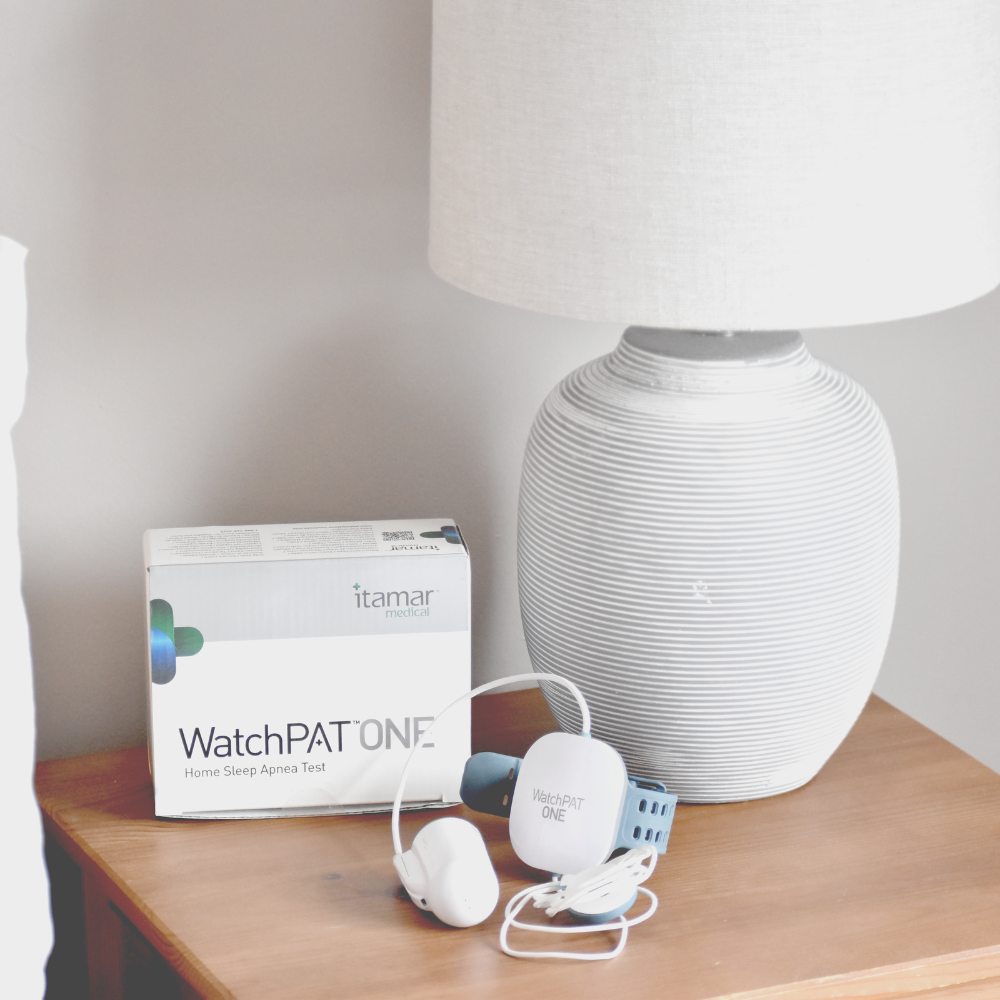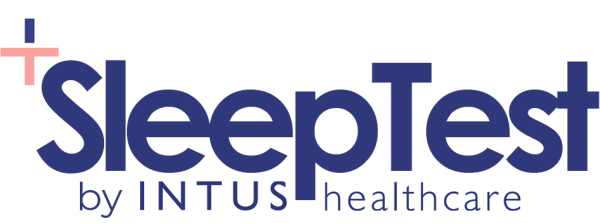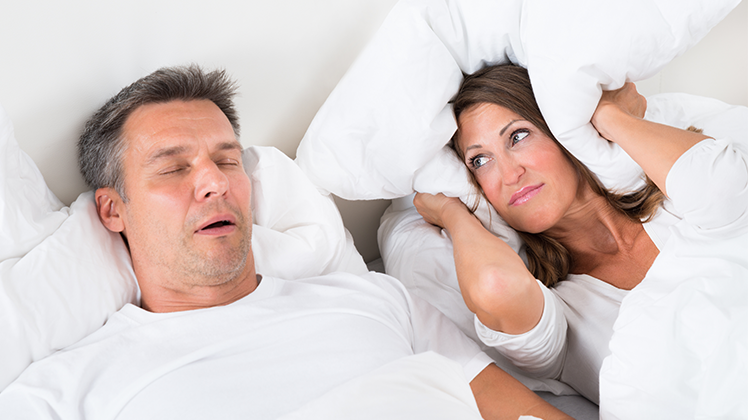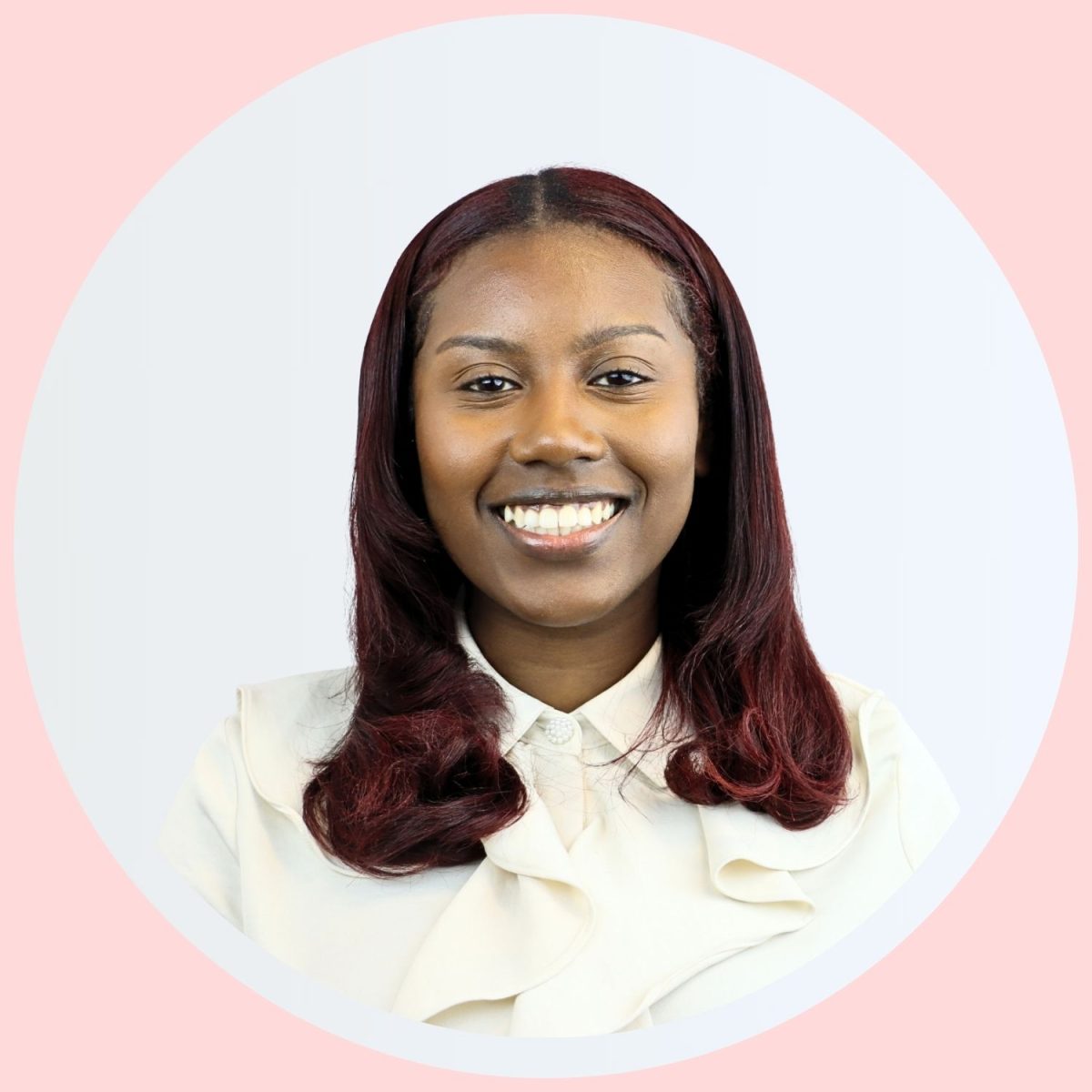Fact Checked
Intus Healthcare’s writers, customer service team, and sleep experts review and ensure this information is accurate.
Last updated on January 7th, 2025 at 03:23 pm
Sleep Apnoea is a disorder that affects your breathing during sleep.
The term “Apnoea” is derived from the Greek word “Apnoia,” which means “want of breath” or “absence of breath.” In medical terminology, “Apnoea” refers to the temporary cessation or pause in breathing.
Millions worldwide suffer from the disorder, experiencing common symptoms including chronic snoring, choking and extreme daytime fatigue. l Lifestyle choices and anatomic features can increase the likelihood of developing the condition.
There are three forms of Sleep Apnoea, Obstructive, Central and Complex; this article will discuss the similarities and differences.
Table of Contents
The three types of Sleep Apnoea
All types of Sleep Apnoea cause similar symptoms; these include:
- Morning headaches
- Breathing pauses
- Memory loss
- Waking up gasping for air
- Mood changes
- Excessive daytime sleepiness
- Snoring
- Trouble concentrating
- Insomnia
- Obstructive Sleep Apnoea
Obstructive Sleep Apnoea
Obstructive Sleep Apnoea (OSA) is the most common form of Sleep Apnoea. It occurs when the muscles at the back of the throat relax excessively, causing airway blockage. As a result, airflow is significantly reduced or completely blocked, leading to a pause in breathing. The brain senses the subsequent drop in oxygen level and signals the body to wake up briefly to reopen the airway.
OSA disrupts the sleep cycle, preventing you from reaching and staying in a deep and restorative sleep phase.
Positional Sleep Apnoea
Some people only suffer from Sleep Apnoea while sleeping on their back, called Positional Obstructive Sleep Apnoea (POSA). Their breathing returns to normal when sleeping on their side, and no apnoeas occur.
Central Sleep Apnoea
In this type of Sleep Apnoea, the brain fails to send the appropriate signals to the muscles responsible for breathing. Unlike OSA, there is no physical obstruction in the airway. Instead, the central nervous system’s control over breathing becomes disrupted during sleep, leading to periods of no breathing.
Central Sleep Apnoea (CSA) is less common than OSA and is often associated with certain medical conditions, such as heart failure, stroke, and neurological disorders. CSA is more common in older adults as they are more likely to suffer from other medical conditions.
Complex Sleep Apnoea
Complex Sleep Apnoea combines elements of both Obstructive Sleep Apnoea and Central Sleep Apnoea. Complex Sleep Apnoea initially presents itself as OSA that transitions to CSA when using treatment.
It occurs in some individuals who use Continuous Positive Airway Pressure (CPAP) or Bilevel Positive Airway Pressure (BiPAP) therapy and continue to experience Apnoea’s. The use of CPAP can uncover underlying CSA that was not initially apparent.
It’s not fully understood why Complex Sleep Apnoea develops in some individuals, but it’s believed that using CPAP or other positive airway pressure devices to treat OSA might alter the breathing control mechanisms in the brain, leading to CSA.
Treatment for Sleep Apnoea
Depending on the type and severity of Sleep Apnoea, treatment varies. Here are some options:
- CPAP Therapy: Continuous Positive Airway Pressure (CPAP) therapy consists of a machine, tube, and mask that deliver a pressurised airflow. The air keeps the airway free of obstructions during sleep. CPAP is the most common treatment method and is considered the gold standard.
- Positional Therapy: For those with POSA, devices can keep you sleeping on your side. Positional therapy comes in different forms, including a belt or forehead device. These wearable devices use sensors to detect the person’s sleeping position. When the device detects that the person is sleeping on their back, it can provide gentle vibrations or positional feedback to encourage them to change their sleeping position.
- Mandibular Advancement Devices: Mandibular devices, also known as MADs, are oral devices moulded to the user’s mouth. MADs gently pull your lower jaw and tongue forward, creating more space at the back of the throat to reduce and prevent snoring and breathing pauses.
- Lifestyle changes: Depending on the severity of your Sleep Apnoea, your doctor or sleep clinician may recommend lifestyle adjustments. Lifestyle choices which can resolve your condition include quitting smoking, reducing alcohol consumption, and losing weight.
How do I know I have Sleep Apnoea?
Taking a sleep test will give you clarity on what to do next. A Sleep Apnoea test provides accuracy comparable to Polysomnography (PSG), which is used in specialised sleep laboratories. The simple test measures blood oxygen levels, heart rate, body position, movements, snoring intensity and peripheral arterial tone.
Our In-Home Sleep Test requires one night of sleep; one of our sleep technicians analyses your data. If Sleep Apnoea is confirmed, your results will state the recommended treatment options.

Home Sleep Apnoea Test
The test monitors your heart rate, snoring intensity, blood oxygen levels, body positioning, and more, providing accuracy comparable to testing used in sleep clinics for in-depth sleep analysis.
The simple-to-use test takes just one night to complete, and results are returned within two working days after completion.
Our experienced NHS-qualified sleep professionals independently analyse all studies, providing follow-up advice and support.
What happens if I don’t treat my Sleep Apnoea?
Leaving any type of Sleep Apnoea untreated can be detrimental to your health. When left untreated, other health implications are at a heightened risk of developing, as sudden drops in blood oxygen levels increase blood pressure and strain the cardiovascular system. Conditions that can develop from untreated Sleep Apnoea include:
- High blood pressure (Hypertension)
- Type 2 diabetes
- Heart attack
- Stroke
- Metabolic syndrome
- Atrial fibrillation
- Heart disease
- Liver disease
Gaining control of your sleep disorder is essential; contact us for help or advice.
About Our Editorial Team
Danni is a degree-educated content writer passionate about helping those with Sleep Apnoea sleep better; she works closely with our clinical and customer care teams to ensure that each article is thoroughly researched and accurate.
Her writing aims to inform, support, and advise readers about Sleep Apnoea, helping to raise awareness and promote effective treatment options.
She has written many health-focused articles, reaching hundreds of readers annually, to help people sleep better and live healthier lives.
Lateisha King is an experienced Sleep Clinician with advanced training in polysomnography and respiratory health.
With over six years of experience, including at the prestigious Guy’s and St Thomas’ NHS Foundation Trust Hospital, she has conducted and reviewed more than 500 diagnostic sleep studies.
Her expertise in sleep science ensures that all articles align with the latest data and treatment protocols, providing readers with trustworthy and practical advice to improve their sleep health and overall well-being.





